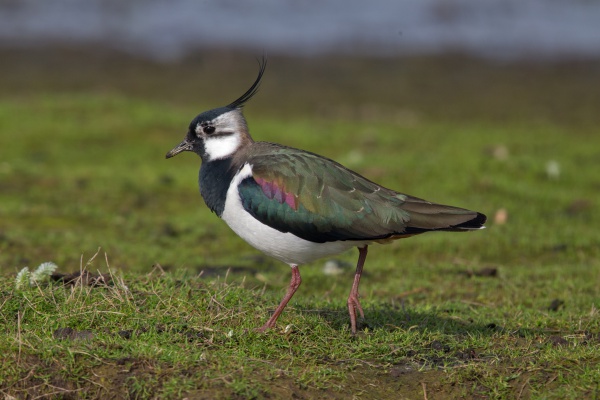Facts About Northern lapwing
The northern lapwing, often referred to as the peewit, green plover, or simply lapwing, is a captivating bird from the lapwing family that thrives in the temperate regions of Eurosiberia. This avian is quite the traveler, migrating to warmer climates such as North Africa, India, Pakistan, and China for the winter.
In terms of breeding, the northern lapwing favors cultivated lands. It lays 3-4 eggs in a basic ground scrape and is fiercely protective of its nest and young. During the winter, these birds form large flocks on open land, primarily feeding on insects and small invertebrates.
The bird's name has intriguing origins, linked to the sound of its wings in flight, its erratic flying style, and its clever behavior of feigning injury to distract predators from its nest. Its scientific name, Vanellus, derives from Medieval Latin and translates to "winnowing fan."
Visually, the northern lapwing is striking with its black and white plumage, a green-tinted back, and a distinctive crest. It is also quite vocal, especially during the breeding season, renowned for its characteristic "pee-wit" call. The bird's acrobatic display flight is a sight to behold. Interestingly, it prefers to feed at night, often under moonlight, and commonly joins mixed flocks with other bird species.
Unfortunately, the northern lapwing population has been declining in areas such as England, Wales, and Armenia. This decline is attributed to intensive farming practices, habitat loss, and predation. To address this issue, conservation efforts are focusing on habitat restoration and management schemes to protect their nesting sites.
Culturally, the northern lapwing has made significant marks. It appears in literature such as Evelyn Waugh's "Brideshead Revisited" and is imbued with folklore and mythology. In the Netherlands, there is a tradition of searching for the first peewit egg of the year, though collecting the eggs is now banned. In Ireland, the northern lapwing is celebrated as the national bird and is known as "pilibín" in Irish.

 Ireland
Ireland